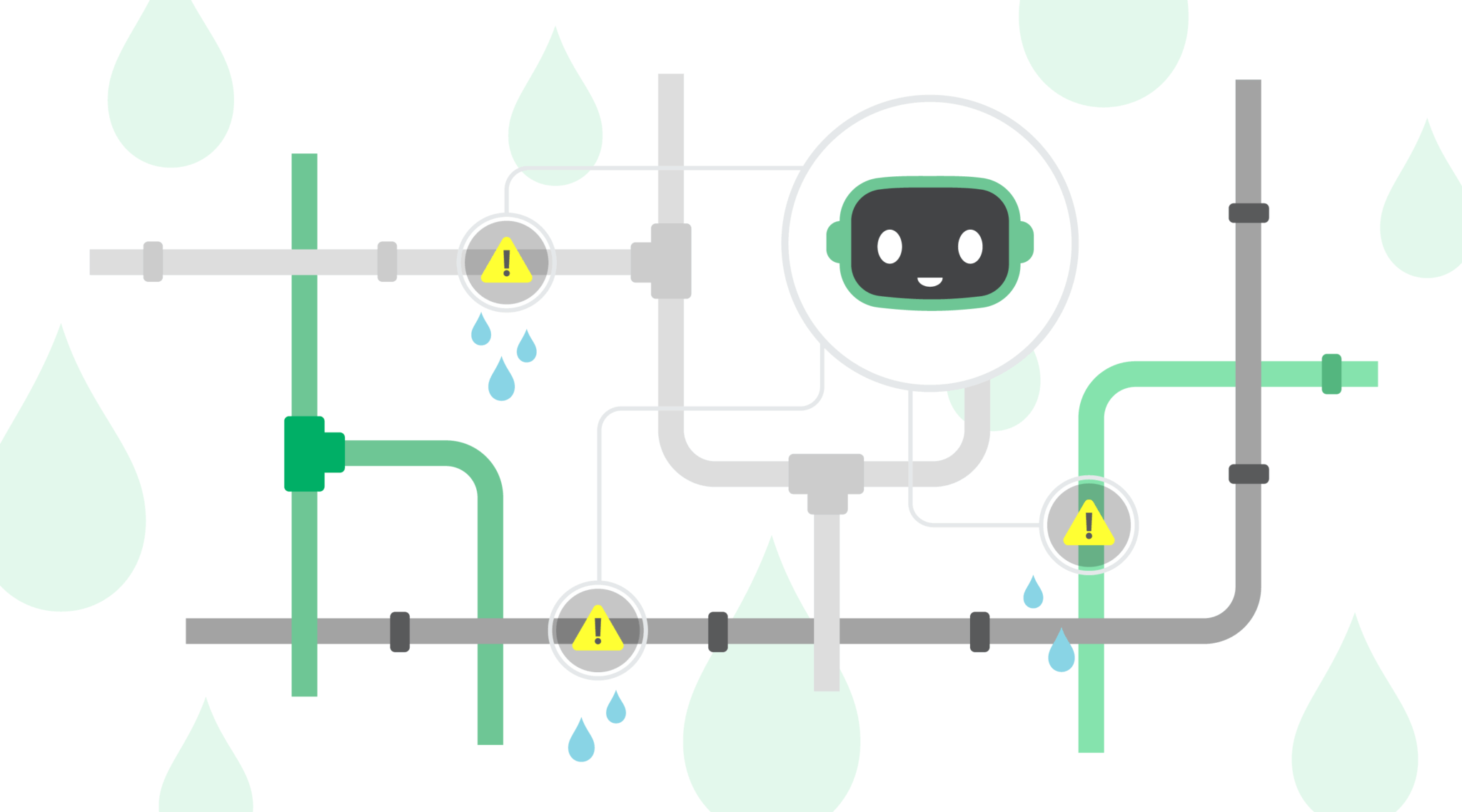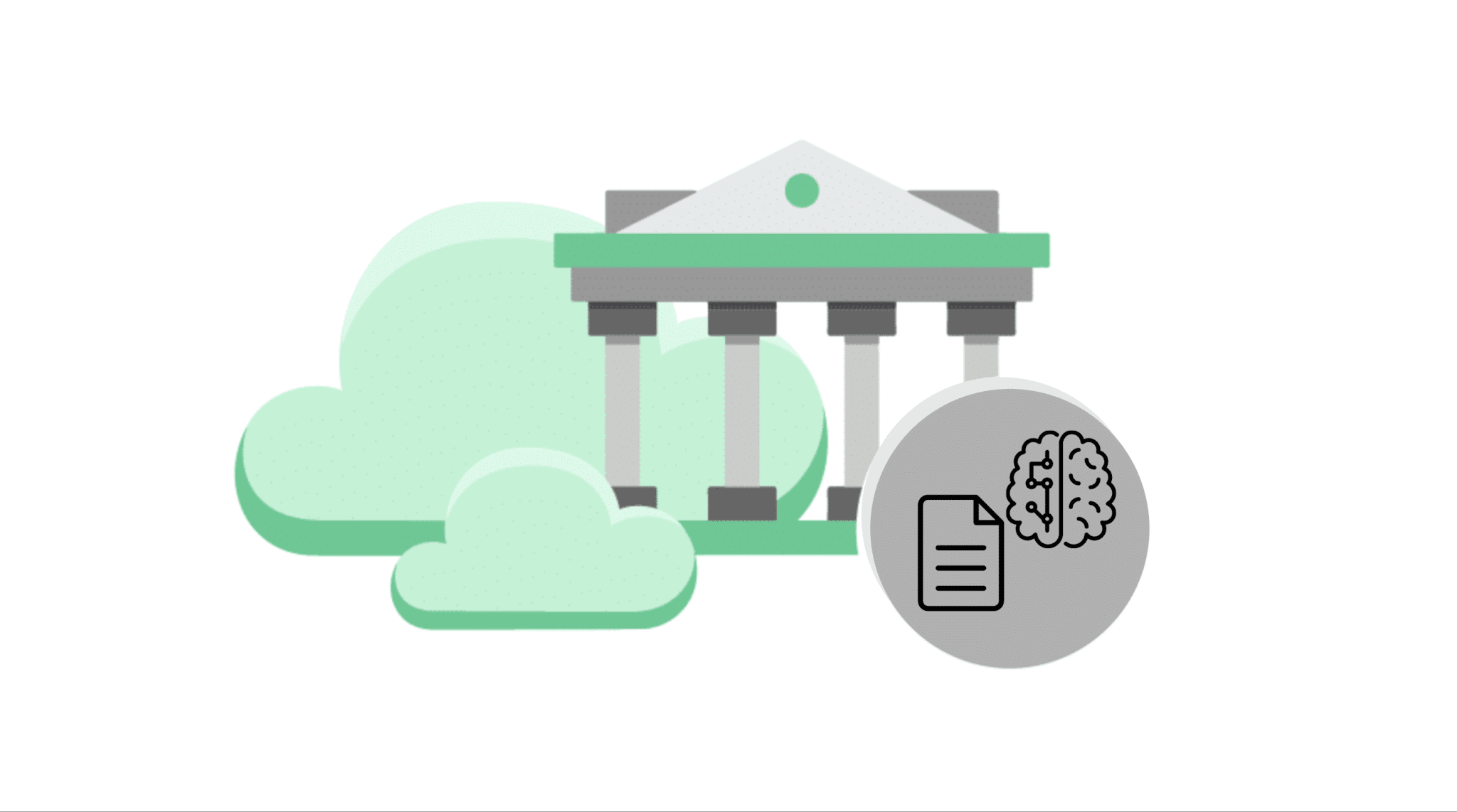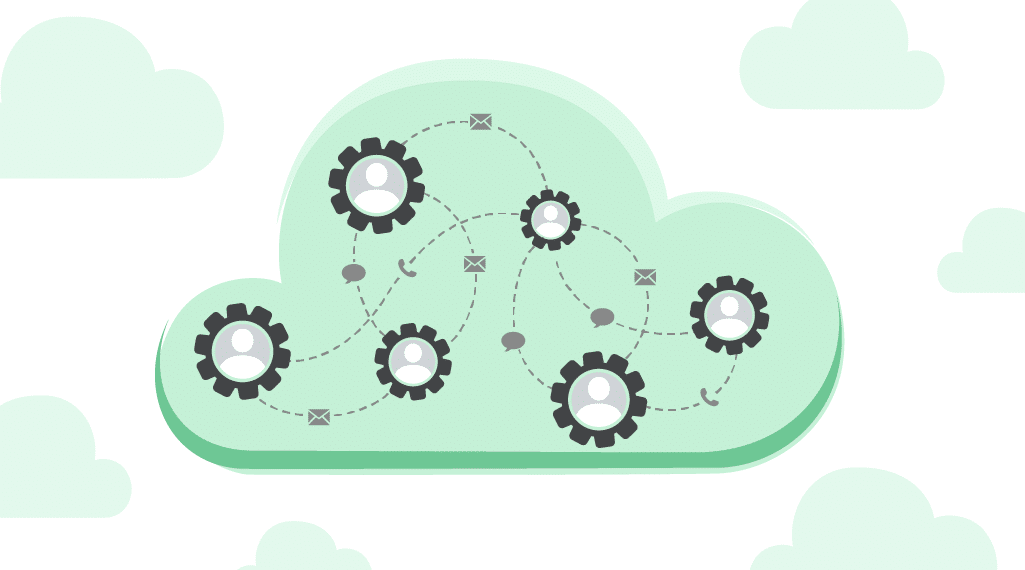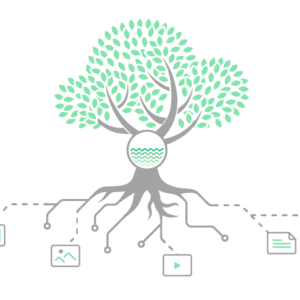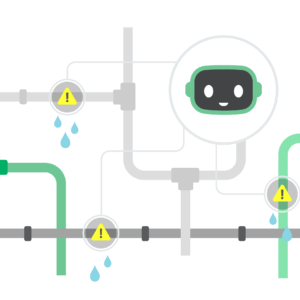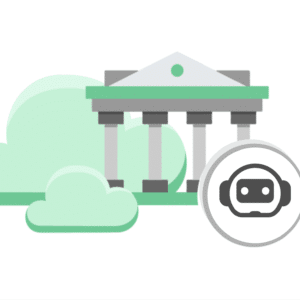
Industry Challenge
In the sports industry, rising athletes struggle to stand out and promote their performance effectively. Traditional highlight reels and scouting reports require manual editing, subjective analysis, and time-consuming production—limiting their scalability and accessibility. As digital presence becomes critical for athlete visibility and recruitment, there’s a need for automated, intelligent content creation.
Key challenges include:
- Limited access to high-quality highlight content for amateur athletes
- Manual effort in producing media kits and performance summaries
- Inconsistent narrative quality and lack of personalization
- Low scalability for platforms working with large volumes of players
The Solution: AI-Powered Media Generation for Sports Profiles
This solution enables sports platforms and training apps to offer AI-generated “highlight movies” and personalized scouting reports for athletes. Built on AWS and powered by Amazon Bedrock, the solution processes multimedia content—such as game footage and performance data—to automatically generate professional-grade video summaries with narration, structured storytelling, and personalized framing.
Key Capabilities
🎬 AI-Generated Highlight Movies
Automatically composes short-form athlete highlight videos using in-game footage and player data, with LLM-generated narration and storytelling.
🗣️ Context-Aware Narration
Uses fine-tuned LLMs on Amazon Bedrock to generate voiceover scripts that reflect gameplay context, player performance, and key actions.
⚙️ Serverless and Scalable Architecture
Fully deployed using AWS SAM, Lambda, and Bedrock—ensuring production-grade reliability, security, and horizontal scalability.
🧪 End-to-End Automation
Supports DevOps-first delivery pipelines and automated testing to ensure continuous integration and rapid deployment across environments.
📚 Player Profile Integration
Embeds generated media directly into player profiles, enabling personalized content delivery through sports platforms, web portals, or mobile apps.
Built on AWS
CloudWatch & IAM: Monitoring, security, and observability aligned with the AWS Well-Architected Framework
Amazon Bedrock: Core LLM inference engine for narration and content generation
AWS Lambda: Workflow automation and prompt orchestration
Amazon S3: Media storage and integration with player data
AWS SAM: Infrastructure-as-code deployment for production readiness
Business Impact
By integrating this solution, sports technology platforms and training organizations can:
- Enable players to self-generate elite-level media kits in minutes
- Reduce manual editing and production costs
- Differentiate their platform with AI-powered storytelling
- Accelerate athlete exposure to recruiters and coaches
- Scale content creation across thousands of athletes with minimal overhead
Conclusion
This AI-powered media generation solution transforms how athletes and platforms create and share performance content. With AWS-native services and generative AI at its core, it unlocks scalable, personalized, and high-impact media experiences—bringing elite-level tools to every athlete.


